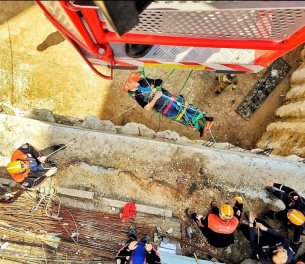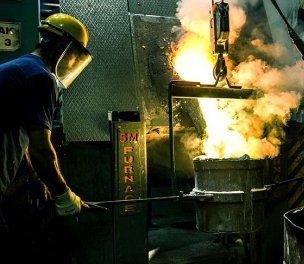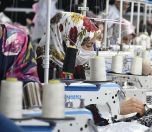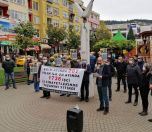Click to read the article in Turkish
At least 199 workers lost their lives in occupational homicides in January, according to the Health and Safety Labor Watch (İSİG).
The İSİG obtained 60 percent of the data from national press and 40 percent from the colleagues and families of workers, occupational safety specialists, workplace doctors, unions and local press.
"Health workers were at the center of the massacre of workers that is happening during the pandemic," the İSİG said.
"Healthcare was the sector with the most deaths not only because of being intensely in contact with patients but also as a result of bad working conditions.
"In general, the fate of laborers in hospitals, factories, construction sites, shipyards, mines, depots, grocery stores, in all sectors, have become the same."
According to the report;
177 of the 199 workers were wage earners (workers and public servants) and 22 were self-employed (farmers and shopkeepers).
13 of the killed workers were women and 186 were men. Women workers were employed in the sectors of textiles, education, trade, energy and healthcare.
One child worker was killed. The incident happened in the accommodation sector.
71 workers who died at work were over the age of 51. Among them were farmers and shopkeepers and employees in the sectors of chemistry, office, education, metalwork, construction, healthcare, security and municipal work.
Nine refugee workers lost their lives. They were from Somalia (3), Afghanistan (2), Azerbaijan, Moldova, Syria and Ukraine.
14 of the killed workers were union workers. They worked in the sectors of mining, leather, education, metalwork, health care, security and municipal work.
The highest number of deaths occurred in the sectors of healthcare, trade/education/office, transportation, construction, agriculture, metal, security, municipal work, mining and accommodation.
The most common causes of death were Covid-19, traffic/shuttle accident, being crushed, falling from a height, heart attack, violence, poisoning/suffocating, suicide and electric shock.
One of the killed workers was in the 15-17 age group, 21 were in the 18-27 age group, 97 were in the 51-64 age group, 51 were in the 51-64 age group and 20 were over the age of 65. The ages of nine workers could not be learned. (AÖ/VK)









